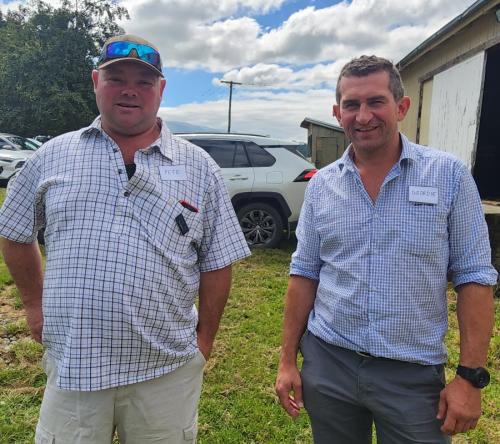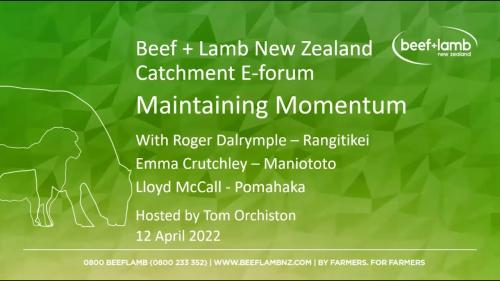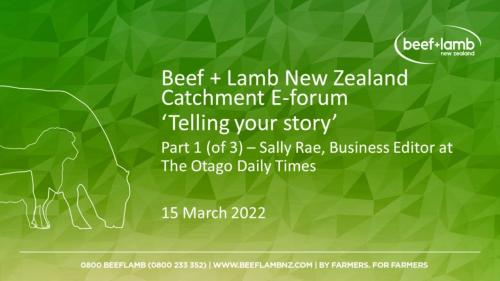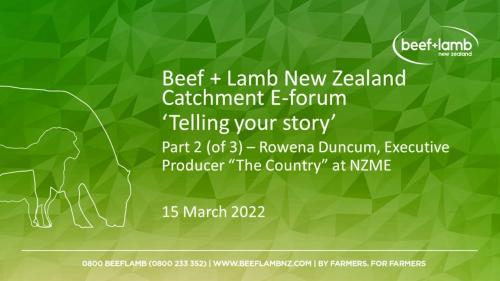Search results
Displaying 141 - 150 results of 1014
- NewsThe farmer-led Tukituki catchment group recently organised 120 volunteers to plant 3,000 natives along the Pōrangahau Stream and raised funds for Takapau …
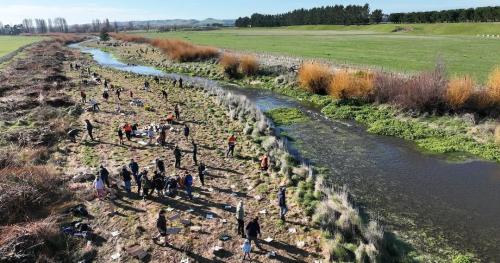
- News… Emissions pricing update: sector groups’ joint statement and updated submission …

- Video… leaders shared their advice for other groups on how to maintain momentum. … B+ LNZ Catchment Groups E-Forum – Maintaining Momentum. Part 5 …
- Video… B+ LNZ Catchment Groups E-Forum – Telling the story. Part 1 – …
- Video… B+ LNZ Catchment Groups E-Forum – Telling the story. Part 2 – …
- NewsFarmers from across the lower North Island recently gathered for a first-of-its-kind workshop focused on unlocking the potential of dairy …
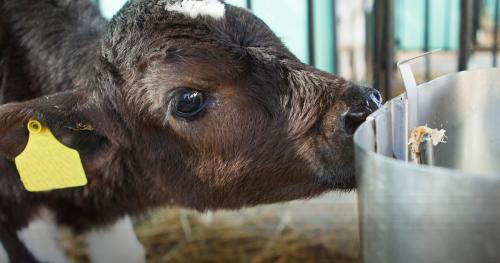
- Page… 5 conversations targeted discussions groups farmers including from māori … what would incentivize you take more action ground regard indigenous biodiversity … work done protect environment selfsatisfaction enough want more would taken away …
- PodcastThe pair, who are members of the Hogget 150 group, spoke at a recent B+LNZ Farming for Profit day and outlined what the group members have found to be the critical factors for increasing the …
